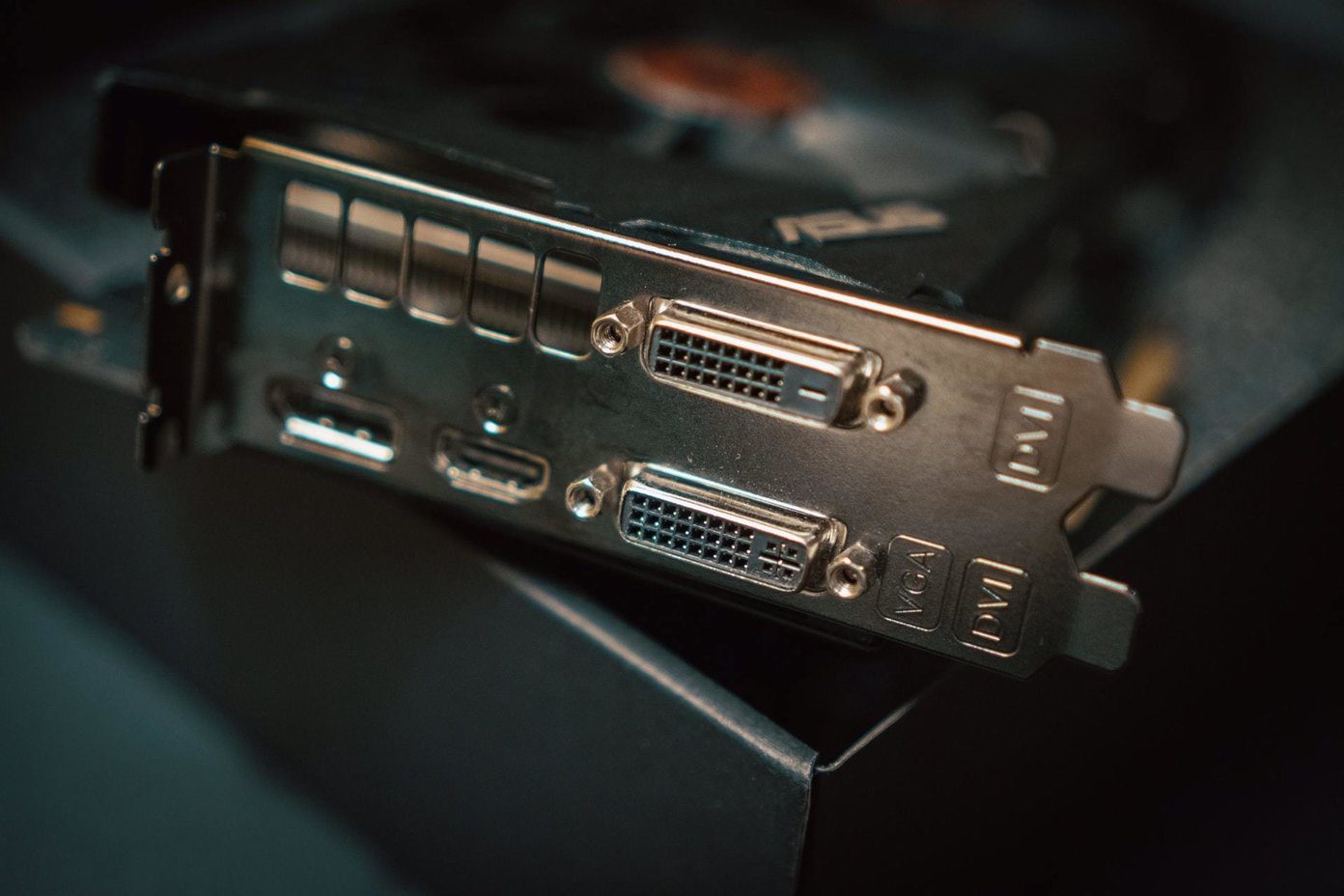If you read a bit more on wireless security, two fundamental terms will pop out – WEP and WPA. Both are basically encryption protocols that are implemented by the router firmware to protect and secure your wireless transmission. Wireless transmissions are carried by radio waves and that makes them prone to deliberate hacking. (image courtesy – cristiano)
WEP – The Weak Link
WEP (Wired Equivalent Privacy or Wireless Encryption Protocol)is a password protected protocol to secure wireless transmissions across a network. It is usually the first choice when it comes to setting up basic wireless security. WEP uses an encryption key of either 64 bits or 128 bits HEX characters (0-9 and A-F) to encrypt every packet that is transmitted between the router and the Wi-Fi device. For a layman the encryption is secure enough, but a person with bit of knowledge on wireless transmission protocols and the right tools can decode the encryption key. The hole in the wall lies in the way WEP encrypts the packets with a static encryption key. The key does not change with every packet that is transmitted, so a hacker can listen in and with patience gather enough packets to decipher the encryption key. WEP has been demonstrated to be easily hackable. “Easily” is a relative word because you need some serious CPU power and dedicated tools to compromise a WEP encryption. But it can be done. Most wireless access points and routers today give the option of the security protocol to be used during setup. Older routers use only WEP, but if you have a newer one then choose the more secure WPA standard for peace of mind.
The Better Choice – WPA
WPA (Wireless Protected Access) is the standard that is adopted by newer routers and wireless networks to authenticate and protect their networks. WPA resolves the static encryption key loophole by using a more advanced protocol (TKIP – Temporal Key Integrity Protocol) that changes the encryption key with every packet that’s transmitted. WPA uses an English passphrase (between 8 to 63 characters) and the wireless network’s Service Set Identifier (the name that’s assigned to the wireless access point) to generate unique encryption keys for each packet. WEP is definitely better than no security, but if you can, then update your wireless network with WPA and ensure that all devices are configured to do the same. The above article may contain affiliate links which help support Guiding Tech. However, it does not affect our editorial integrity. The content remains unbiased and authentic.








